|
THE SAINTS PORTAL
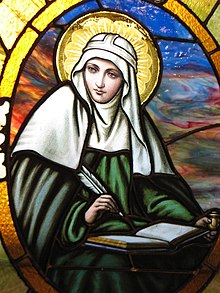 In Christian belief, a saint is a person who is recognized as having an exceptional degree of holiness, likeness, or closeness to God. However, the use of the term saint depends on the context and denomination. In Catholic, Eastern Orthodox, Anglican, Oriental Orthodox, and Lutheran doctrine, all of their faithful deceased in Heaven are considered to be saints, but some are considered worthy of greater honor or emulation. Official ecclesiastical recognition, and consequently a public cult of veneration, is conferred on some denominational saints through the process of canonization in the Catholic Church or glorification in the Eastern Orthodox Church after their approval. While the English word saint originated in Christianity, historians of religion tend to use the appellation "in a more general way to refer to the state of special holiness that many religions attribute to certain people", referring to the Jewish ḥasīd or tzadik, the Islamic walī, the Hindu rishi or Sikh Bhagat and guru, the Shintoist kami, the Taoist shengren, and the Buddhist arhat or bodhisattva also as saints. Depending on the religion, saints are recognized either by official ecclesiastical declaration, as in the Catholic faith, or by popular acclamation (see folk saint). (Full article...) Selected biographySaint William of York, (late 11th century - 8 June 1154) also known as William FitzHerbert, William I FitzHerbert and William of Thwayt, was an English priest and Archbishop of York. William FitzHerbert has the unusual distinction of having been Archbishop of York twice, both before and after his rival Henry Murdac. He was a relative of King Stephen of England, and the king helped secure FitzHerbert's election to York after a number of candidates had failed to secure papal confirmation. FitzHerbert faced opposition from the Cistercians who, after the election of the Cistercian Pope Eugenius III, managed to have the archbishop deposed in favor of the Cistercian Murdac. From 1147 until 1153, FitzHerbert worked to secure his restoration to York, which he finally achieved after the deaths of both Murdac and Eugenius. He did not retain the see long, as he died shortly after returning to York, allegedly having been poisoned. After St William's death miracles were reported at his tomb from the year 1177 onwards, and in the year 1226 he was declared a saint. St William's feast day is celebrated on 8 June, the day of his death, although his veneration is largely localized to York. Traditional iconography and windows often depict St William's crossing of the Tweed; some iconography shows him crossing in a boat. His remains were rediscovered in the 1960s and are now in the crypt at York Minster. Did you know...
Selected saint days
General imagesThe following are images from various saint-related articles on Wikipedia.
CategoriesRelated portalsWikiProjects The Saints Wikiproject aims primarily at standardizing the articles about people venerated by some Christians as saints or the blessed and ensuring quality articles. If there is an interest in including saints from religions other than Christianity, please propose those changes on our talk page. Related topicsSaints: Saint Michael - Saint Gabriel - Virgin Mary - Saint Joseph - Saint John the Baptist - Saint Stephen - Saint Peter - Saint Paul - Saint Augustine of Hippo  Traditions: Calendar of saints - Hagiography - List of saints - Symbology of the Saints Theology: Communion of Saints - Intercession of saints - Martyrs - Patron saint Roman Catholicism: Congregation for the Causes of Saints - Servant of God - Venerable - Beatification - Canonization Muslim Sufi saints: 'Abd al-Qadir al-Jilani - Ahmad al-Rifa'i - Ibrahim al-Disuqi - Ahmad al-Badawi - Al-Shadhili - Baha' al-Din Naqshband - Ibn 'Arabi - Wali Sanga Recognized contentFeatured articlesGood articles
Featured pictures
Former featured pictures
Things to doAssociated WikimediaThe following Wikimedia Foundation sister projects provide more on this subject:
Discover Wikipedia using portals
Purge server cache |

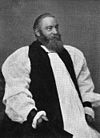






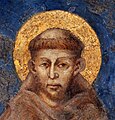






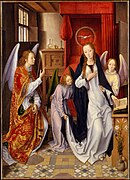


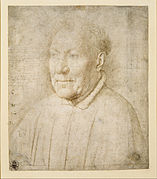




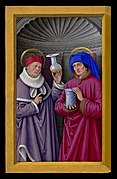



























Recent Comments